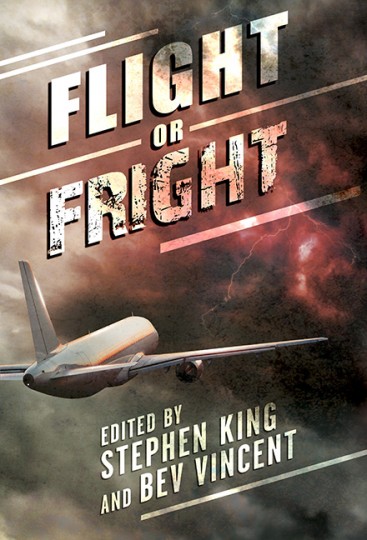
I finished Phantom by Jo Nesbø on Sunday. (How exactly do you pronounce “ø”?”) A complex, gritty, dark, violent Norwegian crime novel. From there I moved on to The Twelve (Book Two of The Passage Trilogy) by Justin Cronin. Good to be back in that world again. I like the way he provided a synopsis of the first book. It’s positively biblical.
Yesterday I received my contributor copy of a coffee-table book called Graphic Horror: Movie Monster Memories, edited by John Edgar Browning. Here’s the description: Freddy, Jason, Frankenstein, and Dracula are just a few of the thrilling movie monsters in this illustrated, collectible reference guide. Monsters from major as well as minor horror films are brought back to life through domestic and international posters, movie stills, and publicity shots. Engaging commentary from leading horror fiction writers, editors, anthologists, and scholars accompany more than 400 movie posters and publicity stills from the early 20th century through to the present day. Not only will you revisit such iconic movies as The Shining, Child’s Play, Halloween, Godzilla, and Jaws, to name just a few, you will also learn about the cultural and technological developments that have played a role in the history of the indelible movie monster. Whether you’re a screenwriter, producer, director, actor, or just a fan, this reference guide is an invaluable resource about one of our greatest movie genres. Other commentators include Ramsey Campbell, Mort Castle, Nancy Kilpatrick, Robert Morrish, Kim Paffenroth, Tony Timpone, F Paul Wilson, and Dacre Stoker.
Last weekend we watched 56 Up, the most recent of Michael Apted’s documentary series. We first discovered the series fourteen years ago when we stumbled upon a 42 Up screening at the Houston Museum of Fine Arts. Apted selected a group of a little over a dozen seven-year-old kids representing the social spectrum in Britain at the time, and interviewed them extensively about their lives and their plans for the future. Since 1964, he’s returned to them at seven-year intervals to see how things have gone. Some of the subjects have dropped in and out over the years, but most are still participating and one returned this year after missing three installments. Only one dropped out permanently after 21 Up. It’s a fascinating exercise, though it’s hard to say exactly what it all means. One of the most exuberant and vivid boys ended up suffering from mental problems, was homeless for many years, moved off to the Shetland Islands at the far north of Scotland for a while, and now, at 56, seems to realize just how sad his life has been. Some have been quite successful. Others have struggled just to make ends meet. Of some interest is the longevity of some relationships. A few married young and divorced soon thereafter, but at least one couple has been together since she was 19. There are many, many kids and a goodly number of grandkids. This time, the update was presented in three 45-minute installments instead of a single documentary. Many of the participants claim that they hate taking part, at least in part because of the attention it brought to their lives, but feel compelled to see the experiment through.
I’ve been on a The Shield binge lately. I’m currently midway through the fourth season. Frank Darabont directed an episode in the sixth season and he brought most of the crew with him to the set of The Mist because he wanted to use the fast-and-furious production technique. Season Three was the A Simple Plan season. In this case the money was stolen instead of found, but the consequences were much the same. Ultimately it tore the team apart and they ended up without much to show for it. Season Four is the Glenn Close season, and the season where Shane (Walton Goggins) goes rogue. Compelling stuff. I like Close’s character. Aceveda, on the other hand, is becoming less likable all the time.
So, there were dinosaurs on the space ship on this week’s Doctor Who.

